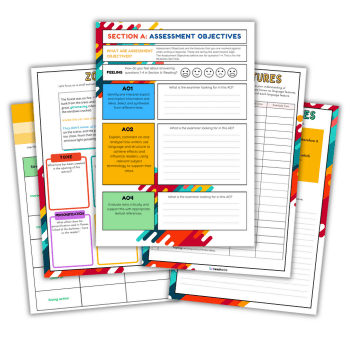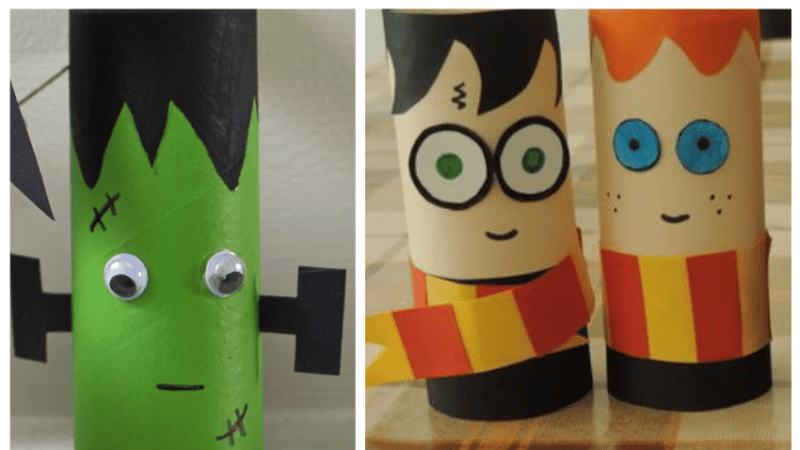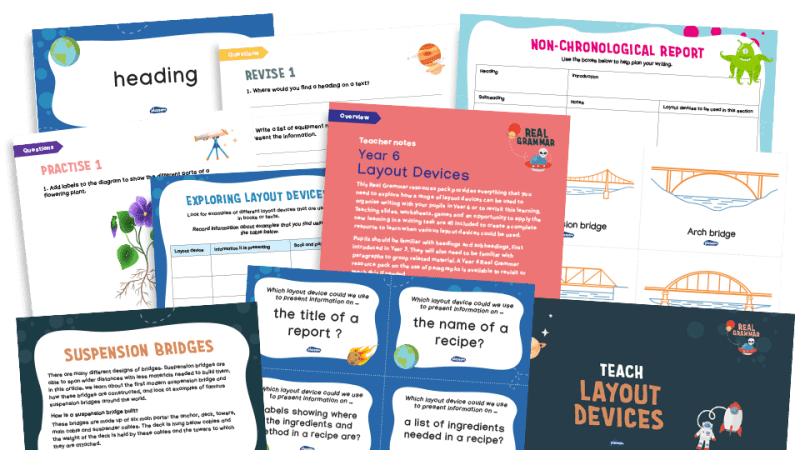How Do You Model Good Writing for Students?

Effective modelling should be part of every teacher’s toolkit, says Thomas Briars – and there are several ways of going about it…

- by Tom Briars

It’s easy for schools to get caught up in scrutinising quantifiable elements of teaching, whether that be regularity of homework setting, visibility of teacher marking or predicted grades.
Of course, these can all be useful – but they become problematic when used as the sole proxies of ‘good teaching’, or significant amount of teachers’ time is spent evidencing them.
I always find it refreshing to hear colleagues attempting to shift the focus back onto that seemingly slippery area of education: how we teach within lessons.
Last year I tried to worry less about how much I would write after students’ answers and more about how the required skills could be explained before each task. As a result, modelling and whole class feedback became an everyday part of my classroom teaching.
Prepared earlier
My KS4 schemes of work have included exemplars for some time. I would craft paragraphs in advance of lessons based on my take on a full marks response.
For instance, in a lesson on kingship in Macbeth, I added a slide that analysed Macduff’s mournful outpouring of ‘most sacrilegious murder’ and related it to James I’s ‘kings are justly called gods’ speech.
It was overly polished: contained no SPaG errors, exceeded GCSE requirements and, most damningly of all, included terms like epizeuxis.
What I hoped was that a productive level of challenge might inspire a few high achievers; however, it risked demotivating many more because they didn’t think that they would ever be able to replicate it in exam conditions.
If I prewrite an exemplar paragraph now, I tend to do a pair of responses (answering the same task but at different levels). Students can then interact with them, questioning the differences between specific skills and reflecting on where their answer sits between the two.
Live and kicking
I also make use of live modelling in most lessons. The good news is that it requires little advanced planning; the bad news is that it takes a bit of confidence to start with, because you’re throwing yourself in the deep end whilst 30 students watch you sink or swim.
It doesn’t matter whether you write it on the board or type it in a document (I tend to do the latter due to atrocious handwriting). I’d recommend starting off by making the skill that you are trying to demonstrate as explicit as possible.
Then keep speaking your thoughts aloud to the class as you write, emphasising the metacognitive processes behind planning, thinking and redrafting (rather than just the end product).
Show them that we all make mistakes as we write. Show them how to choose between synonyms. Show them why you’re linking particular thoughts across sentences.
It’s also possible to take a more collaborative approach so that students contribute to and improve the answer as it develops. In that way, they are practising through talk what they will hopefully soon apply in their own writing.
Camera, action
I’ve always enjoyed reading classwork aloud. When it comes to creative writing, there’s nothing better than sharing a short story that a student has poured his or her heart into.
It can certainly capture the atmosphere of their piece and inspire others to be more adventurous with their own narratives. Nevertheless, this approach falls slightly short for drawing attention to the minutiae of the written word.
This is where a visualiser can come in handy. Visualisers are basically a modern overhead projector. They contain a camera that can be connected up to your classroom’s projector so that you can show documents as a live video feed.
By instantly projecting a page of an exercise book onto the board, the class can clearly see the work’s finer details such as paragraphing, sentence structure and punctuation.
Visualisers don’t have to only be reserved for reflecting on complete tasks. I use them to model anything from poetry annotation to effective peer assessment. It’s also a daily occurrence that, whilst circulating around the classroom, I’ll notice several students who are stumped by a particular question.
If a brief re-explanation isn’t enough, I now tend to pause their writing, grab the book of somebody who has understood it and talk through the beginning of their answer using the visualiser.
Two minutes immediately addressing widespread misconceptions can arguably have a greater impact than spending hours repeatedly writing out similar targets in their exercise books the following weekend.
A secure start
Modelling is not about removing difficulty but rather giving students a secure starting point so that they are able to independently apply what they’ve seen beyond its initial context.
It’s something we all do in different ways and to different extents, but it deserves to be valued as a core, impactful aspect of classroom teaching. Done well, it can help students progress at all levels whilst reducing teacher workload.
Modelling: best practice
Worth a Try
- Live model whenever new skills are introduced.
- Emphasise metacognition aloud. What are you thinking and why are you making certain decisions?
- Be flexible within lessons – modelling before, during or after a task as necessary.
- Ask your head of department or teaching and learning manager to invest in a visualiser.
- Use comparative exemplars to make potential progression clear.
- Writing alongside the class in a timed competitive process (eg Mr Briars vs 7N) can sometimes motivate disengaged learners.
Worth Avoiding
- It’s hard not to fall into the trap of an unsustainable marking workload. Use effective modelling to help reduce unnecessarily repetitive feedback.
- Pre-written answers are a useful starting point but try not to be overly reliant on them.
- If you teach mixed attainment classes, repeatedly using ‘perfect’ exemplars could become demotivating for some students.
- There’s no need to feel intimidated by live modelling – an opportunity to assert that you are the expert in the room.
Tom Briars is an English teacher from Devon. Find him on Twitter as @tom_briars, where he regularly shares KS4 resources with #TeamEnglish.










